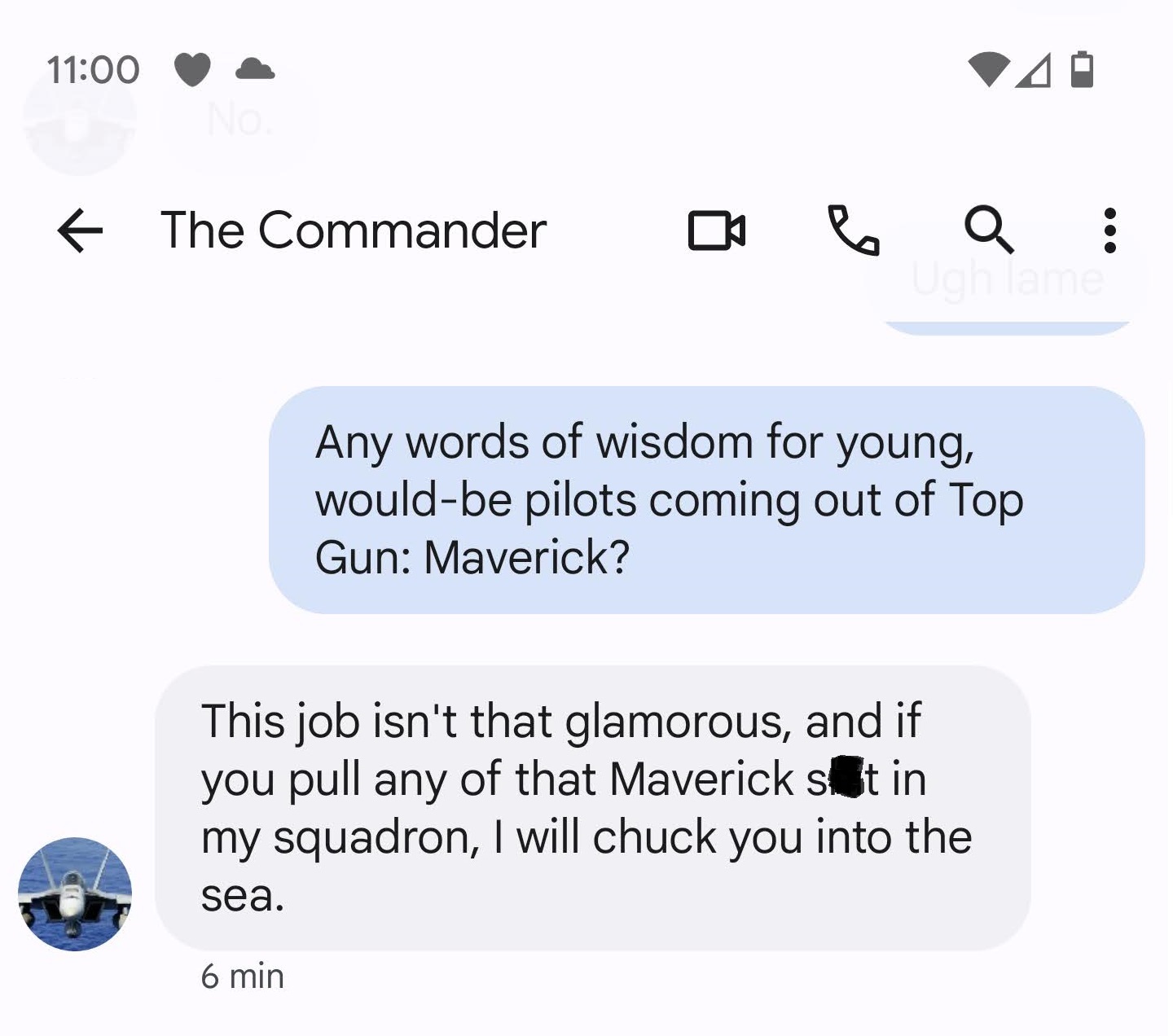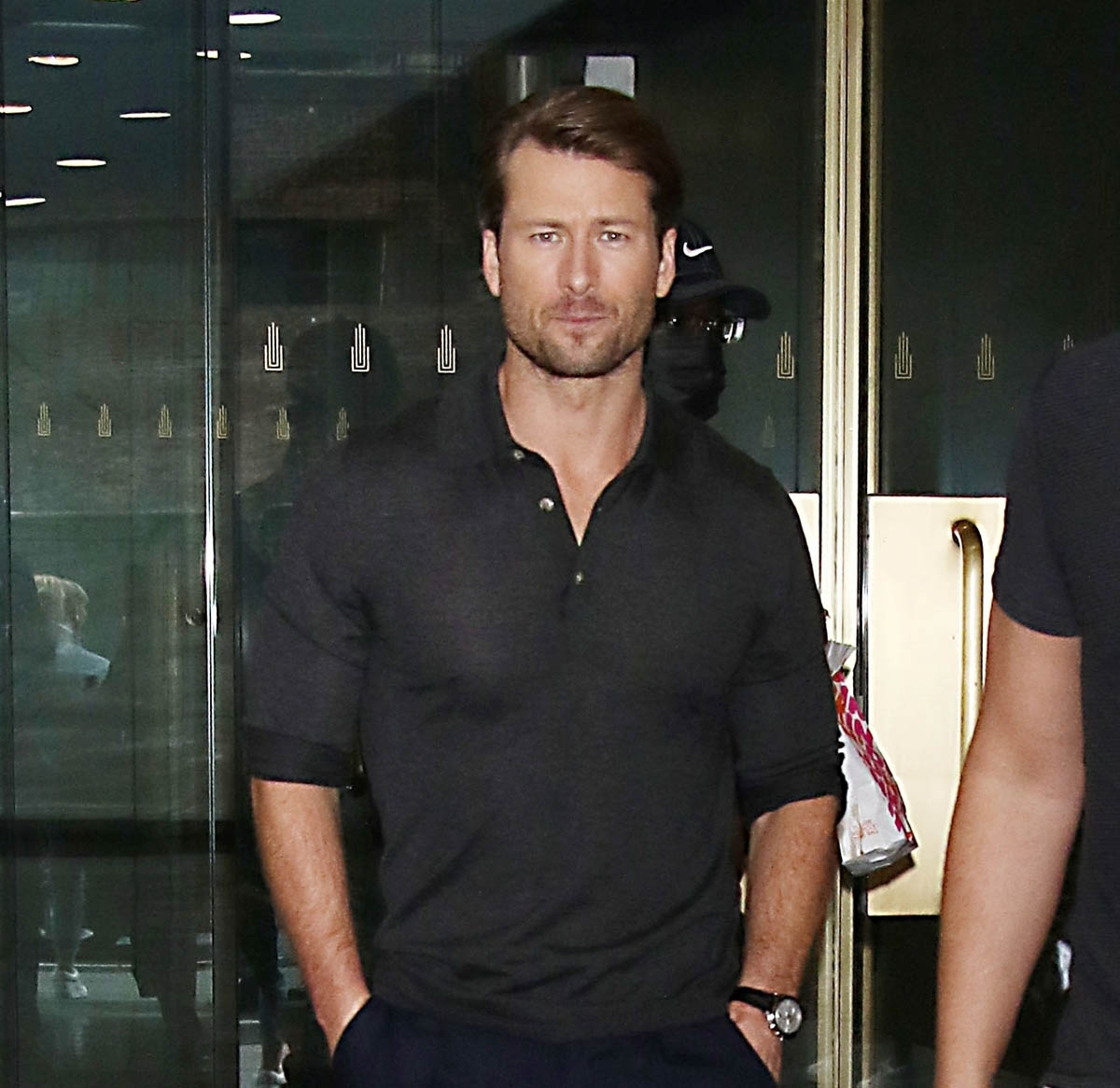On Top Gun: Maverick’s big weekend and big propaganda



After two years of COVID delays, it turns out that the long game paid off and Top Gun: Maverick will likely go down as the movie that “saved” summer blockbusters. It has banked $126 million for the three-day weekend and pulled in $156 million over the four-day Memorial Day weekend in the US. This unseats Pirates of the Caribbean: At the World’s End as the biggest Memorial Day box office of all time, with a previous record of $153 million for the four-day frame. It also earned $124 million internationally, for a whopping $250 million (four day) weekend haul. It is already the biggest opening weekend of Tom Cruise’s career—which doesn’t seem right, but typically his movies leg it out versus scoring huge opening weekends—and it earned an A+ CinemaScore from audiences, indicating universal approval. Speaking of the audience, 45% of the weekend audience in North America was under 35, which means even the youths without Top Gun nostalgia turned out for Maverick.
So, Top Gun: Maverick is unquestionably a hit. But now that it is finally out in the world, we’ll have to contend with the other side of this coin. Yes, Maverick is wildly entertaining, thrilling even. But Top Gun is, historically, one of the most effective pieces of recruiting propaganda in US military history, driving Navy recruitment up as much as 500% in 1986 (according to the Navy, which has a vested interest in seeming sexy at all times). It undoubtedly impacted generations of kids who wanted to be cool like Maverick, including my friend R, who is a fighter pilot. He’s from a Navy family, so he was always going to join up, but he admits to angling for flight school because of Top Gun. And now the Navy is hoping a second Top Gun-inspired recruitment boom will follow Maverick, especially since there is a pilot shortage.
But it’s not just the Navy hoping to benefit from Maverick-inspired patriotism. The other branches of the US armed forces are fully recruiting in movie theater lobbies this week:
Lest you all think I am kidding about the multiplex military presence for #TopGunMaverick, these booths were all in the lobby pic.twitter.com/iJjfoSinkH
— Peter “Cloaked in Gucci & Scandal” Sobczynski (@petersob13) May 27, 2022
As enjoyable as Maverick is as pure entertainment, there is no denying it is also a piece of propaganda (just as the first movie is). In recent years, people have talked of the Marvel Cinematic Universe’s role as propaganda, and while the MCU is not without its problematic patches, Maverick is what Hollywood military propaganda actually looks like. It is designed top to bottom to make the military, particularly aviation, look cool. And it is cool! It’s not a hard job for Hollywood. Jets are, objectively, cool, just like space shuttles are cool—they’re monsters of engineering and science, and they go vroom vroom real fast and boom boom real loud. But they’re also weapons, and that’s the part Top Gun works hard to glamorize.
Maverick benefits from technological advances that allow much of the climactic aerobatics to be countering surface-to-air missiles. There are no people involved beyond the pilots for whom we are rooting, and when enemy pilots do show up, they’re nameless and faceless, their country of origin unidentified (as in the original). Dehumanizing “the enemy” makes it easier to divorce considerations like their humanity and consequences of their deaths from the neat aerial displays playing out on screen. This is the same reason superheroes so often fight faceless monster hordes—it’s easier to accept the on-screen violence as a fantasy when there are no human stakes.
But Maverick, in order to work as a recruitment tool, still has to ground that faceless enemy as a believable threat in order to prompt young people to high enough levels of patriotism to enlist. Thus, the uranium and threat of an undesirable nuclear power entering the world stage. This is not a faceless monster horde, it is very deliberately a believable real-world threat to American imperialism abroad. The pilots aren’t shooting down aliens, they’re shooting down human beings, but as they are faceless, we dismiss the reality of the job for the cinematic fantasy of Maverick and his troop of baby pilots triumphing over impossible odds. And it works! The third-act mission sequence is one of the most stunning aerial sequences ever put to film, and there are multiple fist-pump moments built into the climax. Maverick is effective propaganda because it IS a good movie, first and foremost.
Ultimately, there is no reconciling these conflicting impulses. Maverick is a good movie, it’s also a highly refined piece of military propaganda. Fighter jets are cool, they are also weapons of war. It’s much like the paradox of the anti-war movie—you can never really make an anti-war movie, because cinema itself will always render war thrilling to some degree. (Come and See, the 1985 Russian film, is the closest thing to a truly anti-war film I’ve ever seen. It is unforgettably emotionally harrowing.) All I can leave you with is a reminder that it’s okay to think critically about the things we love, maybe especially about the things we love, to interrogate why we love them and if they deserve our affection in the first place. And to always keep in mind that it is possible to enjoy a movie while still questioning its politics—even disagreeing with its politics—as long as we can separate our entertainment from our personalities. Enjoying Top Gun: Maverick doesn’t make you a pro-war imperialist…but the movie wouldn’t mind if you WERE a pro-war imperialist.
I will leave you with the words of R, who might be in a jet right now:

Also attached - Glen Powell promoting Maverick last week in New York.











